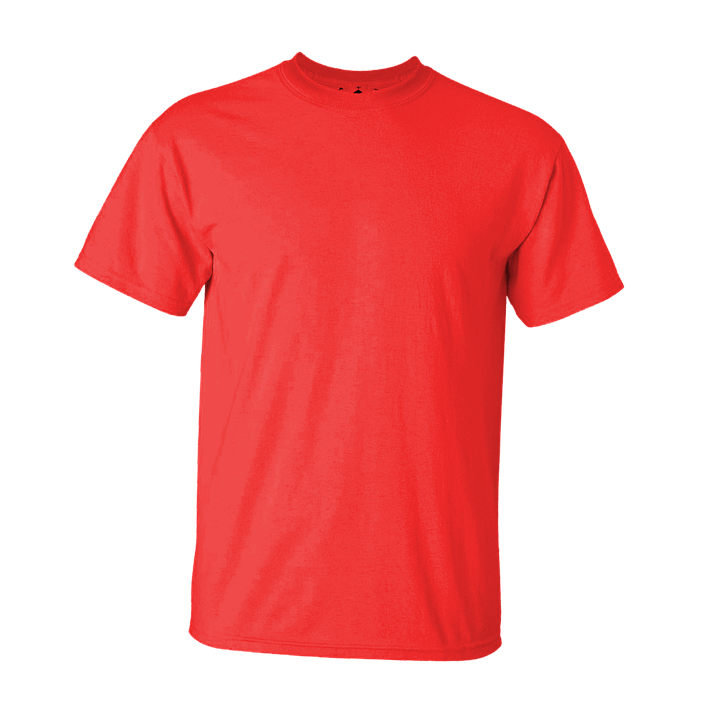Title: Revolutionizing Textile Printing: The Rise of DTF Rolls
In the dynamic world of textile printing, innovation is the name of the game. A notable disruptor in this space is Direct-to-Film (DTF) technology, especially the surge in popularity of DTF rolls. This method is emerging as a potent contender, promising to redefine the industry standards and offering a slew of advantages over traditional printing techniques.
DTF Technology: A Brief Overview
Direct-to-Film technology involves printing designs onto special transfer films, which are then heat-pressed onto textiles. This approach differs significantly from Direct-to-Garment (DTG) printing, which applies the design directly onto the fabric, and from traditional screen printing, which uses stencils and layers of ink pressed through a screen.
Why DTF Rolls?
The introduction of DTF rolls in particular has added a new dimension to this technology, providing enhanced efficiency and scalability. Here are some key reasons why DTF rolls are revolutionizing textile printing:
-
Superior Versatility
- DTF rolls can be used on a wide array of fabrics, including cotton, polyester, blends, and even more challenging substrates like nylon and leather. This versatility opens up new possibilities for fabric designers and manufacturers, enabling them to experiment and adapt to varying consumer demands with greater flexibility.
-
High-Quality Output
- The image clarity and color vibrancy achieved with DTF rolls are unparalleled. The technology allows for intricate designs and fine details to be transferred flawlessly, maintaining high-resolution quality that meets the expectations of even the most discerning clients.
-
Cost-Effectiveness
- Unlike traditional methods that require significant upfront investment in screens or plates for each design, DTF rolls streamline the printing process, cutting down on labor and material costs. This makes it a more economically viable option, particularly for small to medium-sized operations looking to maximize their print runs.
-
Environmentally Friendly
- With growing concerns over the environmental impact of industrial processes, DTF rolls offer a greener alternative. The process minimizes waste and reduces the need for bulk dyes and water usage compared to screen printing. This aligns with the global textile industry’s move towards sustainable practices.
-
Efficiency and Productivity
- The roll format facilitates continuous printing, significantly enhancing production speeds. This is particularly beneficial for large orders, enabling businesses to meet tight deadlines without compromising on quality. Automated systems can further streamline the process, minimizing manual intervention and operational downtime.
- Durability and Longevity
- Prints produced using DTF rolls are known for their durability, resistance to washing, and retention of vibrancy over time. This quality is particularly important for apparel and other wearable items, as it ensures that the consumer’s investment retains its aesthetic appeal through multiple wash cycles.
Challenges and Future Potential
While the benefits of DTF rolls are clear, the technology is not without its challenges. The initial setup requires expertise and understanding of the specific requirements of DTF printing. Additionally, quality control must be meticulously maintained to ensure consistent, top-tier outputs.
Despite these hurdles, the future of DTF rolls in textile printing looks incredibly promising. As technology advances, we can expect further improvements in efficiency, cost, and environmental sustainability. The integration of artificial intelligence and smart systems might also offer predictive maintenance and enhanced precision, pushing the boundaries of what’s possible.
Conclusion
The rise of DTF rolls is more than just a trend; it signifies a pivotal shift in textile printing, catering to an industry that values innovation, sustainability, and quality. For businesses looking to stay ahead in the ever-evolving textile market, embracing DTF roll technology could be the game-changer that sets them apart from the competition. The revolution in textile printing is here, and with DTF rolls, the future looks bright and vibrant.



